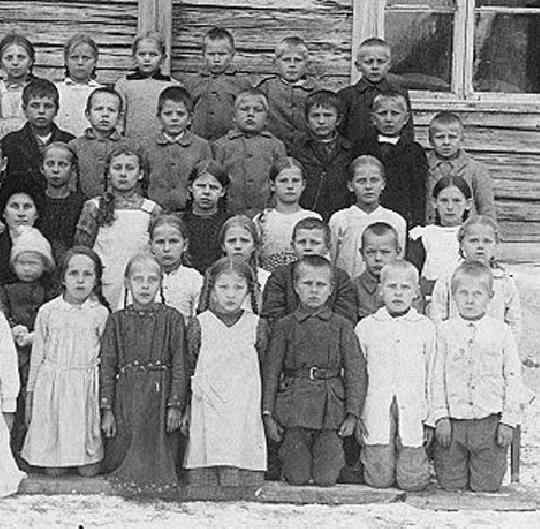
Figure 1.--This 1903 image shows the children at a rural Finnish primary school. Finland at the time was a Grand Duchy within TsarisT Russia. There does not appear to be a uniform although some of the children are dressed similarly. |

|
Tasrist Russia seized Finland from Sweden in the Finnish War (1808-09). Actually in a way, Tsarust rule paved the way for Finnish independencce. Tsar Alexanfer I decided to permit substantial degree of autonomy for Finland, much greater autonomy permnitted by Sweden, in part to ease integration into the Russian Empire. Finalnd weould be part of the Tsarist Empire for over a century until the Russian Revolution and Civil War (1918). Education was largely left in Finnish hands. Literacy continued to expand, reaching 80-90% (by the mid-19th century). Where there were no schools in a municipality, reading instruction was vailable in what were calledv traveling schools (kiertokoulu). Confirmation in the Luhern Church, a rite of teenage transition to adulthood, was only permissible for the literate. And this was becoming almost necessary for marriage marriage. The school system evolved into what became known as kansakoulu (people's school) and oppikoulu (learning school). There were high schools (lukio) leading to university. Finnish became an official language (mid-19th century). Finnish gradually replaced Swedish as the school language. The Governent oppened the kansakoulu to everyone (1898). Attendance reached 50 percent (1911). Official statistics become available (1880). Literacy approached 98 percent. We have noted Russian students, at least at the secondary level, wearing uniforms. This may have also been the case in Finland, but Finland had the status of a grand duchy and was somewhat autonomous in Tsarist Russia. The Tsarist regime under Alexander II began a process of Russification. We are unsure to what extent Finland was affected. We note primary children who are not wearing uniforms. The photograph here shows children in a rural school during 1903 (figure 1). There is no uniform, although some of the children are dressed similarly. We are not sur about the situatiion in city schools.
Related Chronolgy Pages in the Boys' Historical Web Site
[Main Chronology Page]
[The 1880s]
[The 1930s]
[The 1940s]
[The 1950s]
[The 1960s]
[The 1970s]
[The 1980s]
